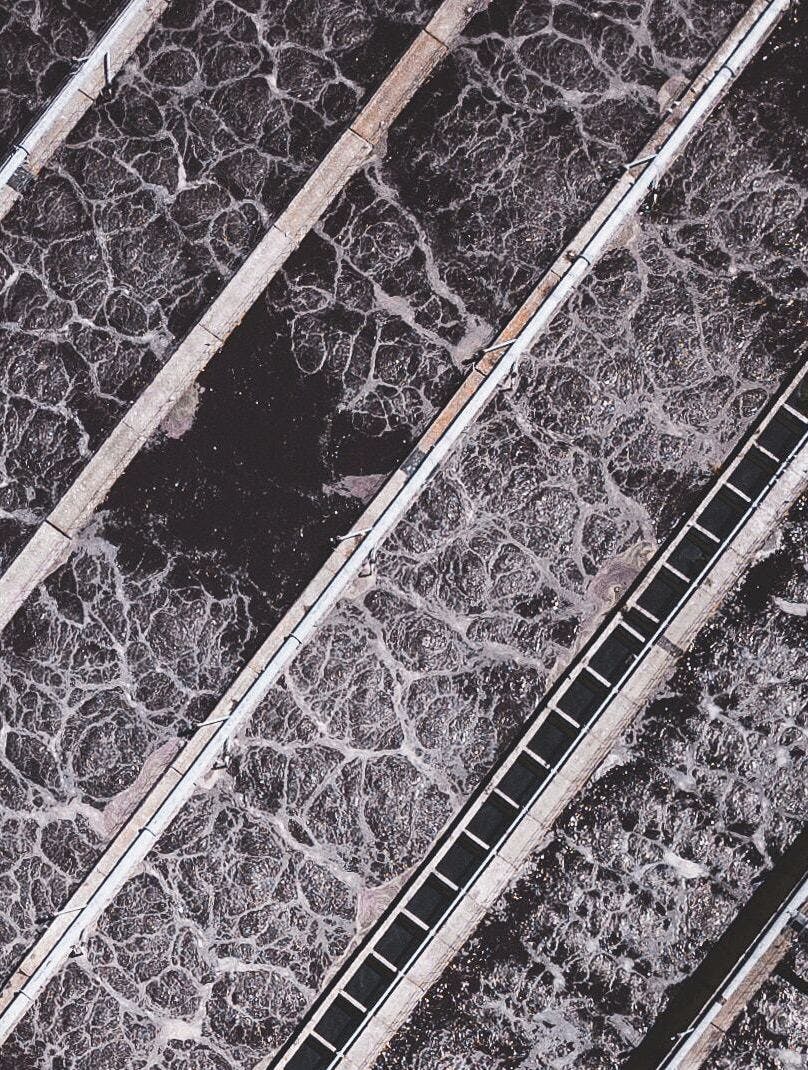The approach
Plants naturally draw down CO₂ from the atmosphere via photosynthesis. Much of that ends up as carbon-rich waste in the form of biosolids, manure, food or agricultural waste that is incinerated, landfilled, or spread on land. As that waste burns or decomposes, the once-captured CO₂ is released back into the atmosphere.
Vaulted prevents that from happening by turning that waste into a carbon-rich slurry and then injecting it into deep disposal wells for permanent geologic storage. The volume of carbon removed is measured by weighing the carbon in the biomass and subtracting emissions generated at every stage in the process, including transportation and energy usage.

The case for Vaulted
The potential for scale is large, thanks to an abundance of waste and flexible storage options. Waste biomass has the potential to deliver >300Mt of carbon removal annually in the US alone and a potential for 5Gt of capacity globally in theory. It can be injected underground using Class V injection wells or their equivalents, widely used to safely dispose of byproducts generated by industrial and agricultural activities. These wells can be built in a large variety of locations, making storage functionally unlimited for this approach.
The cost is relatively low today, and there’s a believable path to well under $100 per ton. This is due to 3 factors: 1) the CO₂ capture process happens naturally via photosynthesis at no cost, and wastes are aggregated by existing industrial infrastructure; 2) slurry injection technology can be done with minimal feedstock processing before injection, virtually eliminating processing costs; and 3) facility capex is inexpensive and uses commercially available equipment and construction services. A big driver of cost today is transportation—Vaulted transports biomass waste from waste partner sites, like landfills or waste water treatment facilities, to the injection wells. In the future, they will work with waste partners to co-locate injection wells directly on their sites, eliminating transportation costs.
The assets and expertise inherited from Advantek mean Vaulted’s poised to execute safely and quickly. As a spinoff from an established waste disposal company, Vaulted benefits from already-permitted well infrastructure as well as a team with longstanding operational experience and expertise in deep well waste injection technology. They’re set up to deliver CDR quickly and safely using mature, proven injection technology, and without a lengthy research and development period. Since launching late last year, Vaulted has already delivered several thousand tons, including 1,666 tons to Frontier buyers, as part of a small-volume prepurchase. As part of this offtake, Vaulted plans to deliver 18,321 tons to Frontier this year.
It offers health and environmental co-benefits deriving from safer waste disposal. Vaulted’s feedstock is sludgy waste like biosolids, manure, food and ag waste, and papermill sludge. These wastes are typically incinerated or spread on land for disposal, which can create a number of problems for nearby communities, including soil, water and air pollution, and foul odor. Diverting organic biomass waste to permanent sequestration has the potential to reduce environmental and human health harms in surrounding communities.
Still, success is not guaranteed. In order to scale, Vaulted will need to convince existing waste management firms to dispose of their waste in a new way. Furthermore, Vaulted’s cost is highly dependent on the cost of that waste biomass. If competition for waste biomass increases excessively or securing co-located facilities turns out to be harder than they thought, Vaulted’s cost-competitiveness could suffer.
Pricing and delivery
The total amount from Frontier buyers is $58.3M for 152,480 tons. The price accounts for both the removal itself as well as measuring, reporting and verifying (MRV) that each ton is safely and permanently stored. Vaulted’s verification and credit issuing partners will enforce a protocol including rules for biomass feedstock sourcing, which Frontier has reviewed against our own biomass sourcing principles. The tons are expected to be fully delivered by 2027.
¹ Based on estimates in Snyder et al (2022)

Equipment for slurry injection at Vaulted’s Great Plains facility in Hutchinson, Kansas.
